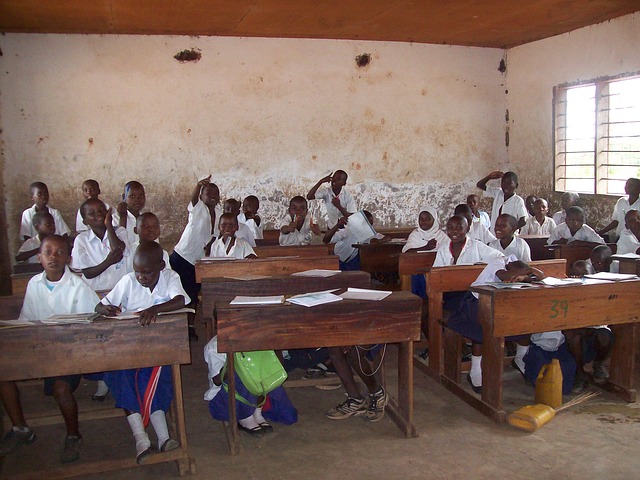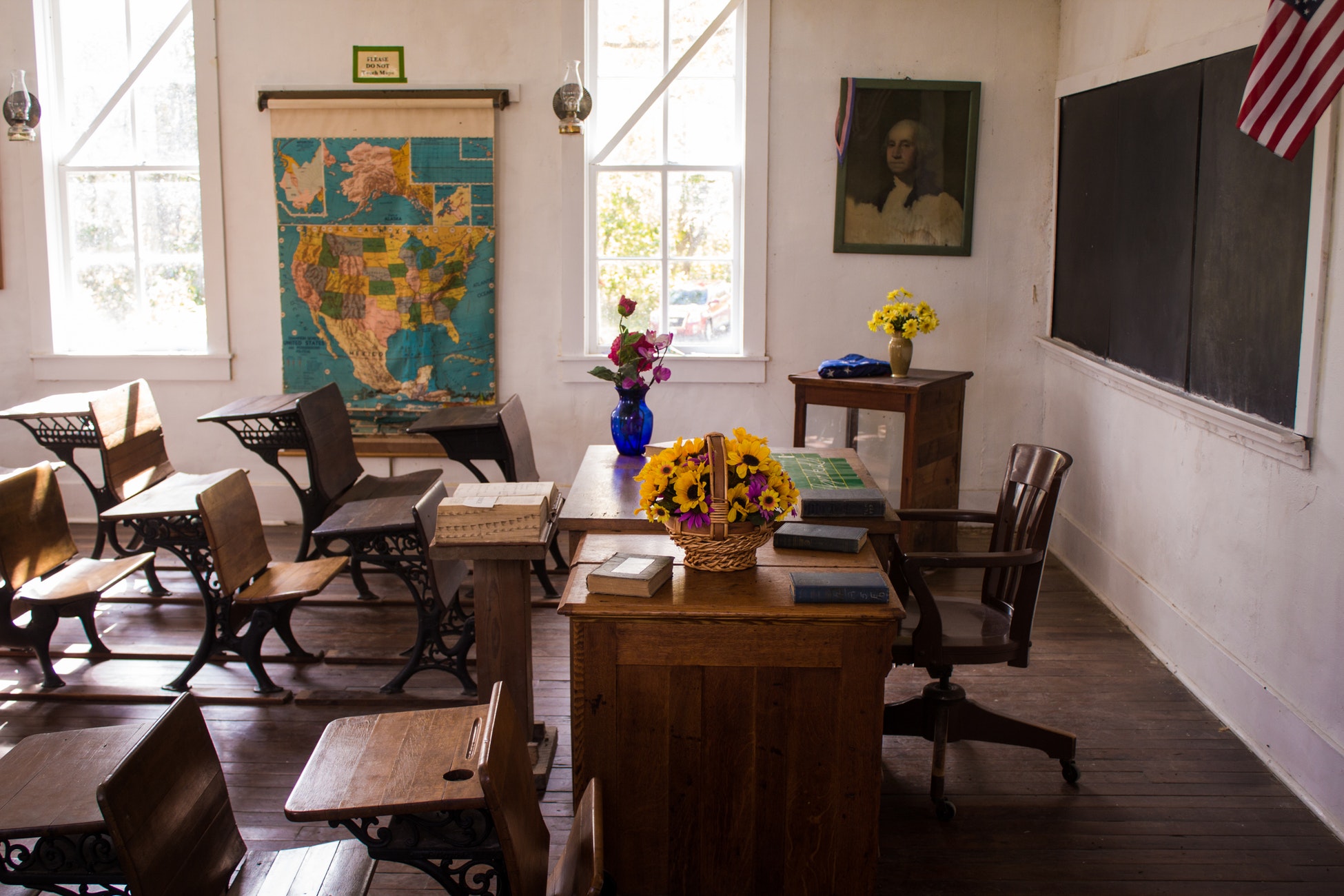Kenyans are already tired of privatization of schools and the so-called ‘for no-profit’ or ‘low-profit’ private schools that actually charge a hefty fee for basic education.
Despite charging such huge amounts, these private schools regularly fail to meet the basic criteria like quality education, properly qualified teachers, a well-framed curriculum and safety standards. In September 2019, a private school building collapsed during school time which led to the death of seven students and injured dozens more.
Last month, after the school collapsed, it brought the attention of the whole world on how these private schools have been growing at a steady rate without a care in the world.
However, this is not only the case of Kenya but the USA is also planning on removing the privatization of schools which claim they are for no-profit despite looting the students and their families.
Privatization of schools pulling down the quality of education
The thing is that these private schools are a part of bigger educational chains, which are funded by donor governments like Switzerland, Australia or the US to fund education in lower-income countries, especially in Africa.
Not only these governments but the World Bank also funds these private chains for public education and encourages more privatization of schools.
International Finance Corporation (IFC) has increased the funding of these private organizations by 500%. A probable reason for this would be to meet the SDG 4 (Sustainable Development Growth no. 4) targets by 2030.
As a result, Kenyan communities have officially registered a complaint with the Compliance Advisor/Ombudsman (CAO). CAO offices were established with the aim to help the people who feel that the IFC contributions have negatively impacted their society.
CAO has recently announced that they will be starting a formal investigation into the privatization of schools in Kenya.
In the end, its the poor parents who try and go bankrupt in an effort to send their children to school. In return, they don’t even get a sniff of quality education. Poor families and families with girls don’t even send their children to the schools. This is working completely opposite to the goals described by the UN.
In a piece of recent news, the World Bank issued that it is almost impossible to reach SDG 4 targets by 2030. If only the education in Africa wasn’t left unchecked, the situation would have been a lot more different.







